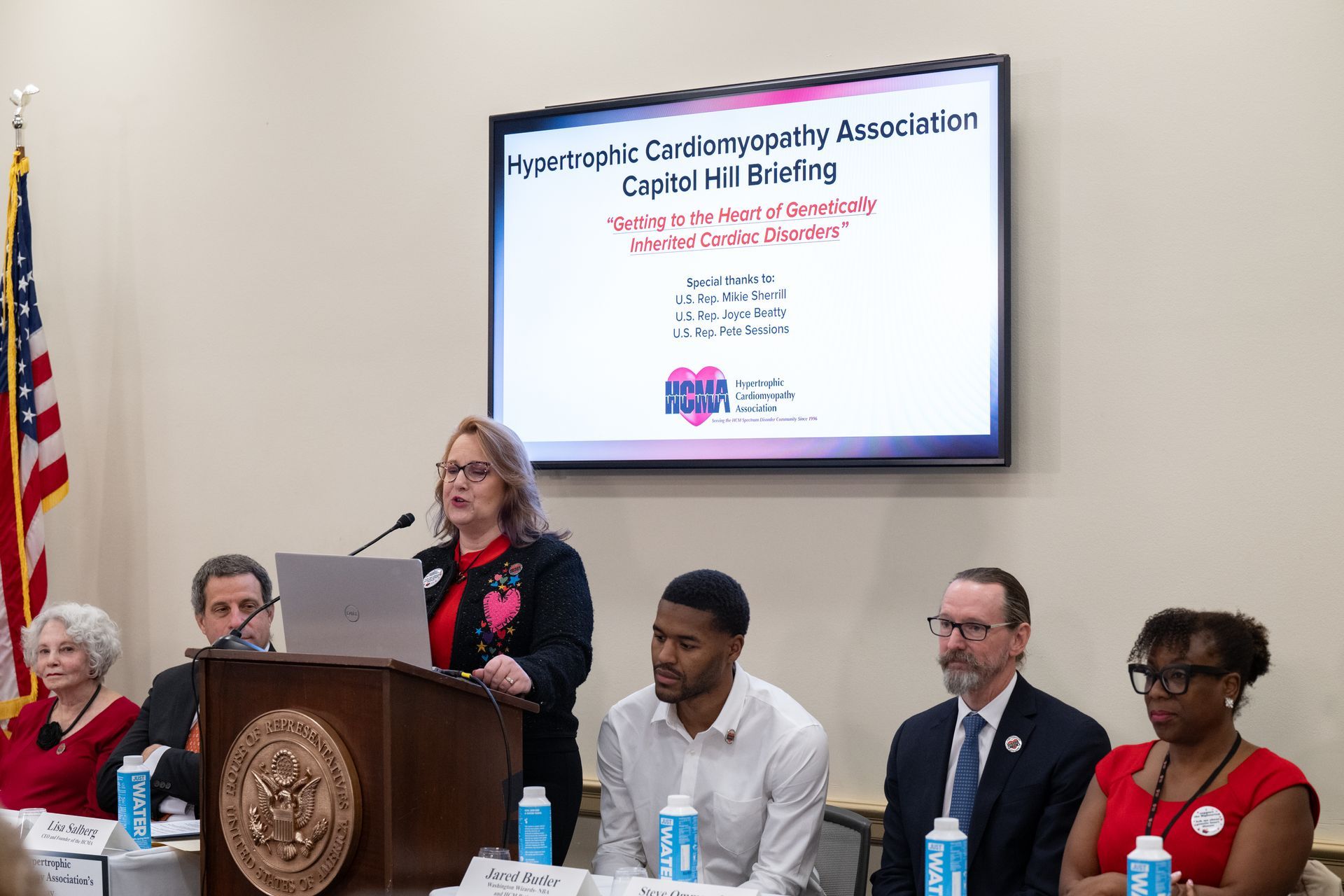Background
A new meta-analysis ( Yokohama et al. 2023 ) on the comparative success and safety of the two methods of septal reduction therapy – alcohol septal ablation (ASA; https://4hcm.org/alcohol-septal-ablation/) and septal myectomy (SM; https://4hcm.org/myectomy/ ) – was just published in European Journal of Cardio-thoracic Surgery.
Methods
Yujiro Yokoyama and colleagues conducted a meta-analysis of studies that compared both techniques. They focused primarily on all-cause mortality with at least one year follow-up. Secondary outcomes they studied included permanent pacemaker implantations, 30-day mortality, cardiovascular mortality ≥1 year of follow-up, reduction in left ventricular pressure gradient, repeat operations for left ventricular obstruction, strokes, and rehospitalizations due to heart failure. The review included 27 studies, with over 6000 ASAs and over 9000 SMs.
Results: mortality
All-cause mortality was similar for the two methods at one-year. However, in the subset of studies that followed up patients for at least five years, the all-cause mortality was increased among ASA patients, with an increased risk of about 20%.
Results: efficacy and complications
ASA was associated with less reduction of the left ventricular pressure gradient (on average, about 11 mmHg less reduction). The chance of a patient needing a second ASA or SM was about 9 times greater for ASA than for SM. There were no significant differences between treatments in risk of stroke or hospitalization due to heart failure.
Last words
Septal myectomy is regarded as the “gold standard” for treating obstruction. ASA is recommended mainly for those who would be poor surgical candidates.
Literature cited
Y. Yokohama, et al. 2023. Alcohol septal ablation versus surgical septal myectomy of obstructive hypertrophic cardiomyopathy: systematic review and meta-analysis, _European Journal of Cardio-Thoracic Surgery, Volume 63, Issue 3, March 2023, ezad043, https://doi.org/10.1093/ejcts/ezad043
The post Septal myectomy and alcohol septal ablation: how safe and effective? appeared first on Hypertrophic Cardiomyopathy Association.
HCMA Blog


 Translate
Translate
